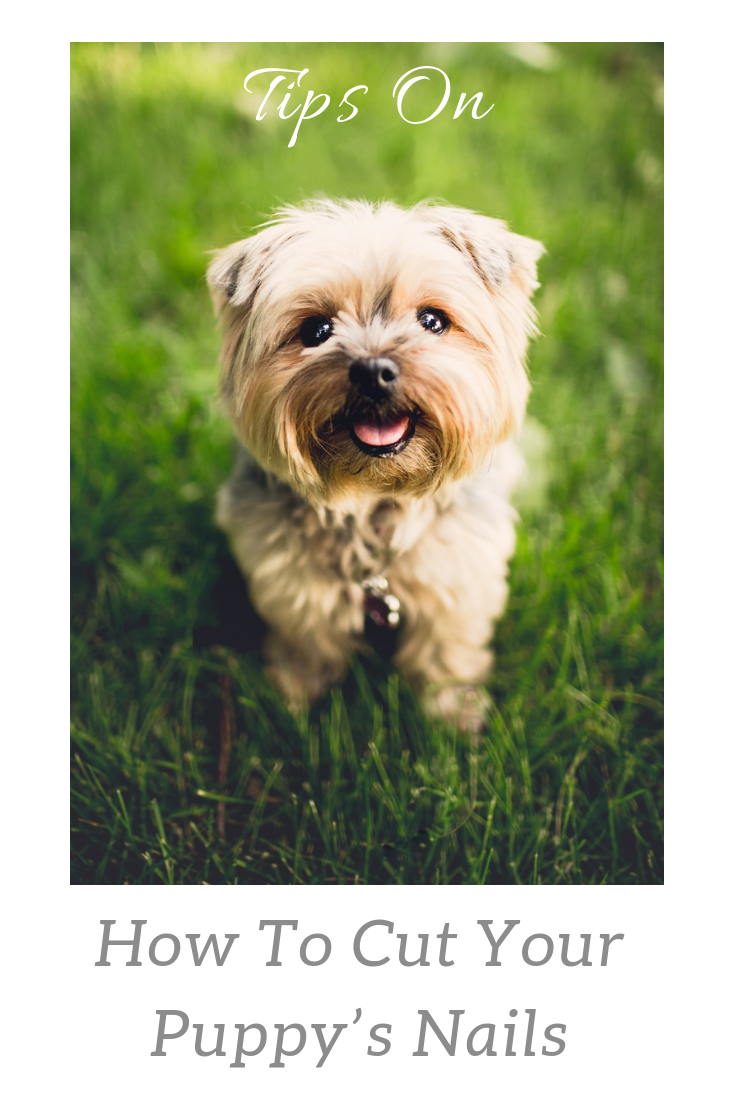Aromatherapy works really well for dogs, just like they do with humans. Essential oils have been used for health and well being for centuries.
Important: Essential oils need to be used in specific ways. For instance, some can be applied topically but not ingested, while others can be diffused in the air but cannot be applied nor ingested.
Research shows that essential oils can be safe and effective for dogs, but only when diluted heavily, used in the appropriate way, and in the correct amount.
Infused carrier oils can be turned into salves for the treatment of wounds, skin cracks, abrasions, burns etc. This can be done by:
- Warming the oil over a gentle heat and add 30 – 60 grams of beeswax to each cup of oil.
- Continue warming the oil until the beeswax melts.
- Place a small amount of the salve in the freezer until it’s cool, then check the consistency.
- If it’s too hard, add more oil to your mix
- If it’s too soft, add more beeswax.
- Aim for a salve that is thick but not solid. Soft salves are easy to apply without applying pressure to injuries.
- When the salve is perfect, pour it into small jars and label.
- If desired, add several drops of essential oil just before/after pouring into jars. Please see Complete List Of Essential Oils That Are Safe To Use On Dogs And The Health Benefits to make sure you are using the right essential oil(s) – this is important as, for example, if your dog is suffering from a skin problem you do not want to use an essential oil that can aggravate it further.
See below to see which carrier oils you can safely use on your dog:
Never use essential oil in pure, full strength form to apply topically. Here are some safe carrier oils that you can dilute the essential oils with:
- Olive Oil
- Coconut oil
- Sweet almond oil
- Jojoba oil
- Sunflower oil
- Aloe vera
- Evening primrose oil
- Avocado oil
- Safflower oil
- Hazelnut oil
- Emu oil
- Flax seed oil
Olive Oil
Olive oil is safe for your dog’s skin and has many benefits for dogs with dry or itchy skin. It can help protect against dryness by physically blocking water loss from the skin. Olive oil is rich in antioxidants, especially vitamin E. Unlike most vegetable oils, olive oil does not require refrigeration or the addition of antioxidants to stop it from spoiling. It is a good massage oil for rheumatic joints, and to soothe and heal wounds.
Coconut Oil
Coconut oil is rich in lauric acid and contain saturated fats, making them more compatible with skin than most vegetable seed oils.
Sweet Almond Oil
Sweet almond oil is a great carrier oil which contains protein, glucosides, minerals, and vitamins A, B1, B2, B6, and E. It is recommended for skin conditions such as dermatitis, dryness, inflammation, muscle soreness, and itching. In addition, it helps heal burns. Many people like to use sweet almond oil as a massage oil because it lubricates and protects the skin.
Jojoba Oil
Jojoba oil contains protein, minerals, and myristic acid.
Sunflower oil
Sunflower oil is high in unsaturated fatty acids and containing vitamins A, B, D, and E plus minerals, lecithin, and inulin. It is greatly used to help treat skin diseases.
Aloe Vera
Aloe vera jelly is not a carrier oil, but it is suitable for diluting essential oils. It is cooling, soothing and moisturising.
Evening Primrose Oil
Evening primrose oil is a rich source of gamma linolenic acid as well as vitamins and minerals. It treats dry skin conditions and speeds the healing of wounds.
Avocado Oil
Avocado oil contains protein, vitamins, lecithin, and fatty acids. It is recommended for all skin types, especially dry, dehydrated skin.
Safflower Oil
Safflower oil is high in linoleic acid, protein, vitamins, and minerals. It’s useful for all skin types and helps relieve the inflammation of painful sprains, bruises, and painful joints.
Hazelnut Oil
Hazelnut oil contains protein, vitamins, minerals, oleic acid, and linoleic acid. Slightly astringent, it strengthens capillaries, stimulates circulation, and is quickly absorbed.
Emu Oil
Emu oil is an excellent treatment for muscle pain, sore joints, arthritis, dry skin, hair loss, skin fungus, and other conditions; and is quickly absorbed.
Flax Seed Oil
Flax seed oil is high in essential fatty acids, vitamin E, and minerals. It benefits the skin, speeds wound-healing, prevents scarring, and treats dry skin conditions.
Do not use Macadamia Nut Oil. It been associated with vomiting, ataxia or weakness, fever, muscle tremors and depression in dogs. Dogs are the only species in which signs have been reported.
When applying essential oils to your dog, make sure you avoid applying the oil to areas with sensitive skin (such as in or around the ears, anywhere on the face, and the genital area).
It is recommended that you consult with your veterinarian to get advice on using essential oils, Some essential oils may not be suitable for your dog, paying particular attention to your dog’s age, size and health history.
Check out which essential oils are safe to use for your dog:
Ultimate List Of Essential Oils That Are Safe To Use On Your Dog & The Health Benefits




